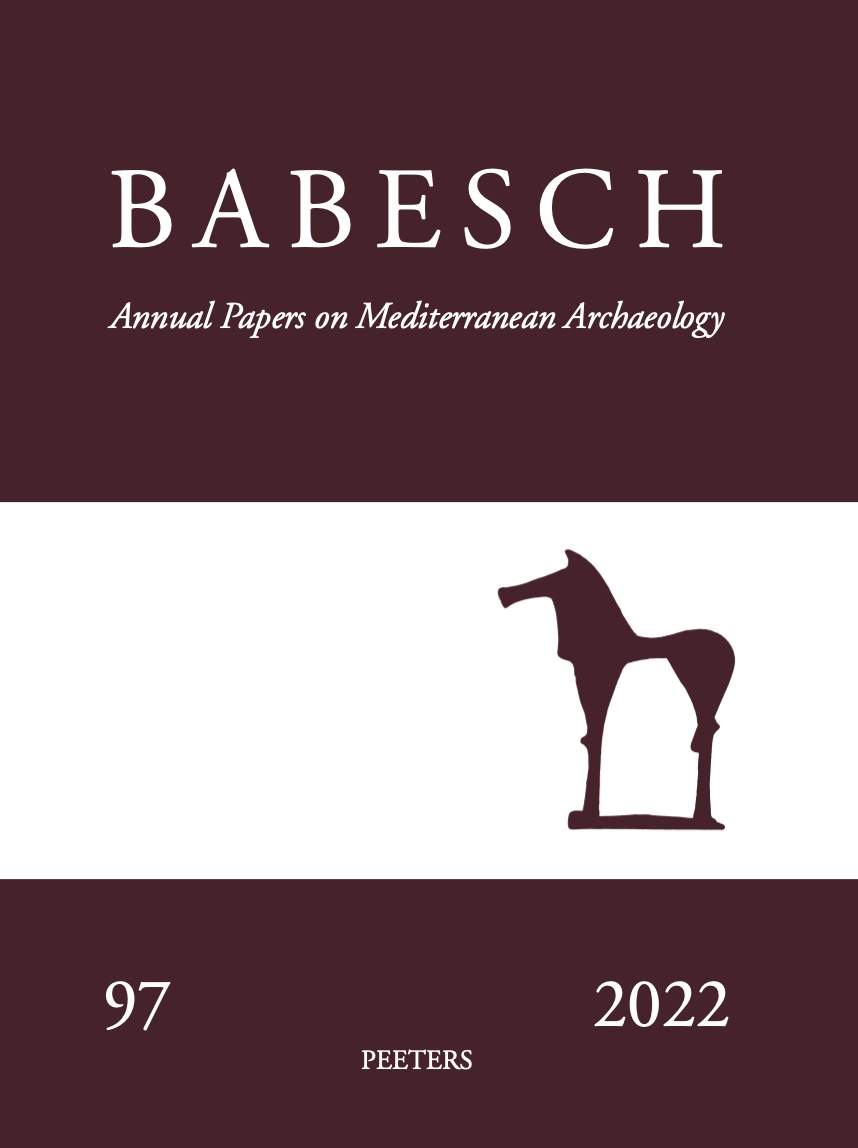 previous article in this issue previous article in this issue | next article in this issue  |

Preview first page |
Document Details : Title: The Mosaics of the Great Mosque at Damascus Subtitle: A Vision of Beauty Author(s): VAN LOHUIZEN-MULDER, Mab Journal: BABESCH Volume: 70 Date: 1995 Pages: 193-213 DOI: 10.2143/BAB.70.0.2002289 Abstract : In papyri from the beginning of the eighth century Egyptians are mentioned as skilled workmen engaged in the construction of the Great Mosque at Damascus. And from the ninth century onwards much has been written about these mosaics in Arabic texts by historians and geographers, explaining their meaning and origin. A lot of contradictory stories were told and the controversy about these mosaics still goes on. Current scholarship tends to give most credit to documents telling that they were made by Byzantine artists or artisans, who were sent by the Byzantine Emperor from Constantinople on the request, some say even on the order, of the caliph. Other scholars speak of local, Syrian artisans. And as far as the representation is concerned some say, on the base of several historical documents, that these houses and palaces are the representations of many places in the world where Islam is powerful or will become powerful. The whole scenery and its beauty was to propagate Islam, showing that Islam, not only Christendom, had to offer something very beautiful and of high value to the world. Some, however, have reasons to say that the meaning of these mosaics is to illustrate certain sūrahs of the Koran for the instruction and upliftment of the Believers, rather than to make propaganda. Yet some sort of a missionary act: propaganda fidei, may not be excluded. I intend to approach these still open questions from two sides: what do the historical documents say about the mosaic cubes and the mosaicists and what do the style and the representation tell us about the latter. The combination of the textual, literary evidence with the visual and archaeological evidence might give us still more insight into the problem. |
|


